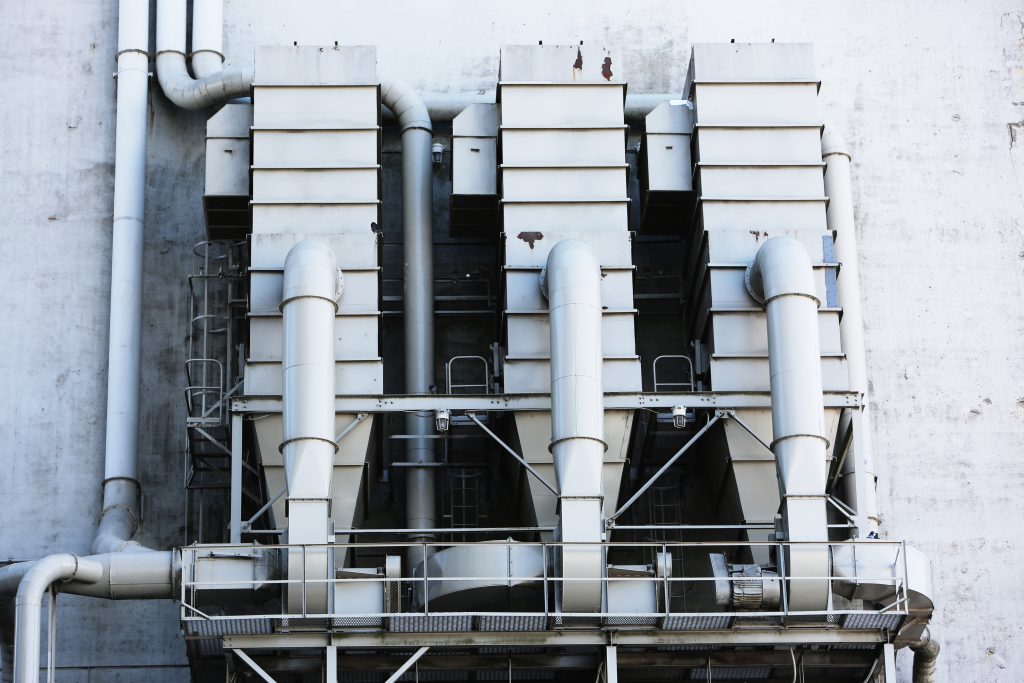In the workplace, Indoor Air Quality is the subject of much attention – and for good reason! The air quality of an indoor environment that many occupants spend a lot of time in can have a substantial impact on the health, comfort, and productivity of the people in a workspace.
There are a number of serious health problems related to IAQ, and while they are usually rare, the perception of endangered health is becoming more and more common among workplace occupants.
While the causes and consequences of poor air quality are not completely understood, there are some basic factors that company owner, building owner, employer, and occupant should know in order to address and concerns about indoor air quality.

What is Good Air Quality?
The likelihood is that the majority of your staff with barely notice when indoor air quality is good or bad – if the issue is no severe. However, IAQ is a problem when the air contains dust and objectionable odors, chemical contaminants, dampness or mold.
Related to this are the physical characteristics of the air, including the amount of air movement, its temperature and it the humidity. General guidelines for achieving a good IAQ include –
Sanitation and Separation
In a factory setting, mechanical equipment and building surfaces should always be maintained in sanitary condition, as these can become airborne. Significant emission sources, such as large copy machines should always be separated from occupied spaces. All operations, maintenance, and construction activities on your business should be performed in a manner that minimises any staff exposure to potential airborne contaminants.
Ventilation
Ventilation needs to be in accordance with the current guidelines in the country you are living in. These can easily be obtained, for example in the USA, the American Society of Heating, Refrigerating and Air-Conditioning Engineers (ASHRAE) Standard 62.1, Ventilation for Acceptable Indoor Air Quality can be referred to.
For example, large industrial factories will need to implement stainless steel ducting, which wouldn’t be necessary for smaller commercial buildings, who will need smaller scale ventilation systems.
Comfort Factors
These include temperature, humidity, and air movement to be of a range that is acceptable to most occupants. To ensure your staff are comfortable at work you will again need to refer to the current guidelines in the country you are living in. But, comfortable staff mean happy staff, so it is in your best interest to do this.
Sanitation and Separation
In a factory setting, mechanical equipment and building surfaces should always be maintained in sanitary condition, as these can become airborne. Significant emission sources, such as large copy machines should always be separated from occupied spaces. All operations, maintenance, and construction activities on your business should be performed in a manner that minimises any staff exposure to potential airborne contaminants.




